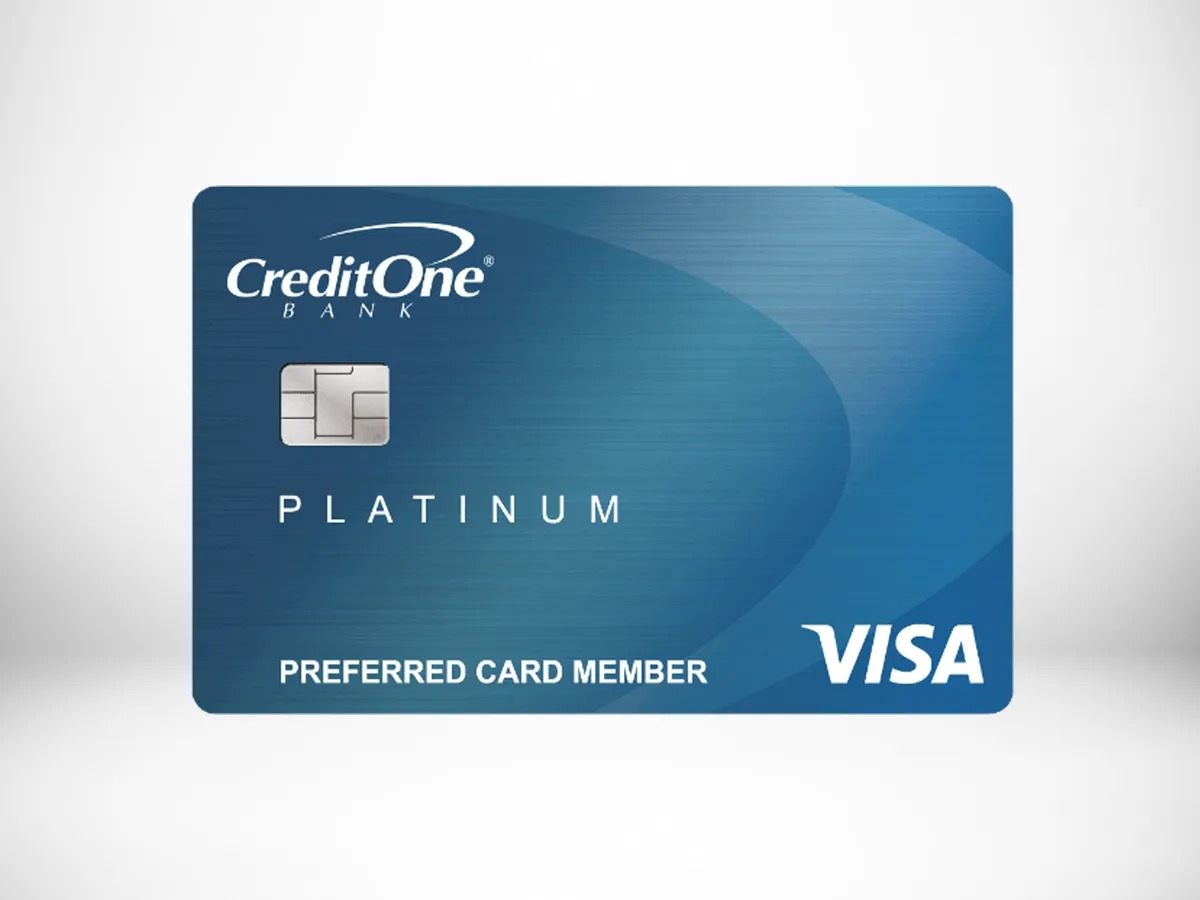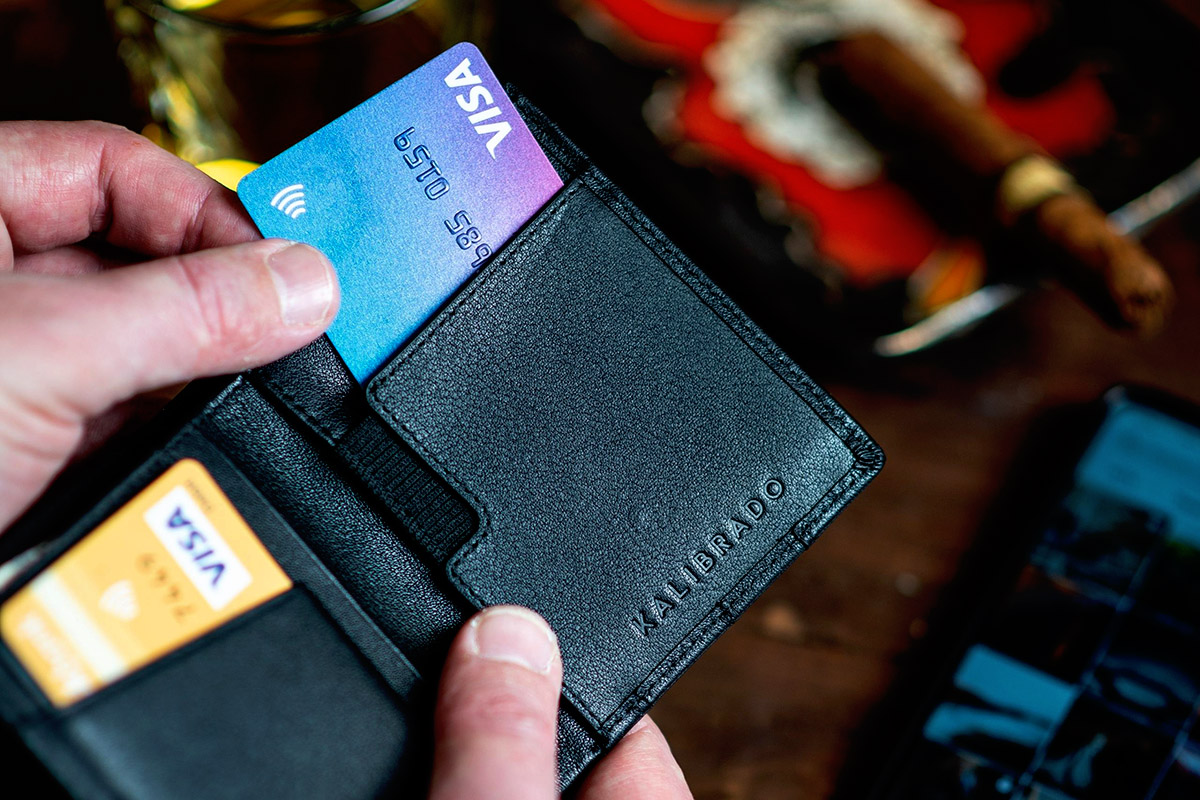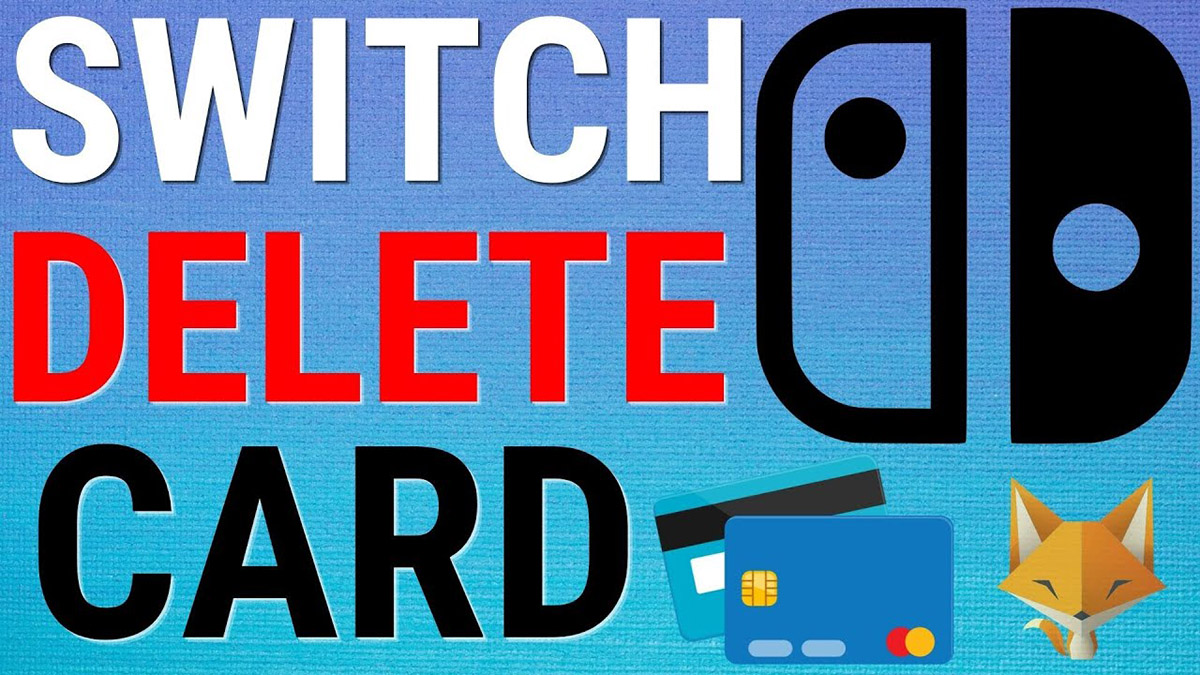Home>Finance>How To Switch My Secured Card Over To A Non Secured Credit Card


Finance
How To Switch My Secured Card Over To A Non Secured Credit Card
Published: March 1, 2024
Learn how to transition from a secured credit card to an unsecured one and improve your financial standing. Get expert advice on managing your finances effectively.
(Many of the links in this article redirect to a specific reviewed product. Your purchase of these products through affiliate links helps to generate commission for LiveWell, at no extra cost. Learn more)
Table of Contents
Understanding the Transition from Secured to Non-Secured Credit Cards
Introduction
Switching from a secured credit card to a non-secured one represents a significant milestone in your financial journey. It signifies that you have built a strong credit history and are now eligible for a traditional credit card without the need for a security deposit. This transition can open up a world of opportunities, providing access to higher credit limits, better rewards, and improved financial flexibility.
Moving from a secured to a non-secured credit card is a tangible demonstration of your improved creditworthiness. It reflects responsible financial habits, timely payments, and a commitment to building a positive credit profile. Understanding the process and considerations involved in this transition is essential to ensure a smooth and successful switch. In this article, we will explore the nuances of secured and non-secured credit cards, the steps involved in making the switch, and important considerations to keep in mind before taking this significant financial leap. Whether you're a newcomer to the world of credit or someone looking to upgrade their existing secured card, this guide will provide valuable insights to help you navigate this important financial decision.
Understanding Secured and Non-Secured Credit Cards
Understanding Secured and Non-Secured Credit Cards
Secured and non-secured credit cards represent two distinct avenues for individuals to access credit, each with its unique features and considerations.
- Secured Credit Cards: These cards are typically recommended for individuals who are new to credit or are working to rebuild their credit history. Secured credit cards require a security deposit, which serves as collateral and determines the credit limit. The deposit reduces the risk for the card issuer, making it an accessible option for individuals with limited or damaged credit. Secured cards function similarly to traditional credit cards, allowing users to make purchases, build credit, and establish a positive payment history. Responsible use of a secured card can lead to improved credit scores and pave the way for transitioning to a non-secured card in the future.
- Non-Secured Credit Cards: These cards, also known as unsecured cards, do not require a security deposit. They are extended based on the applicant’s creditworthiness, income, and other financial factors. Non-secured cards often offer higher credit limits, more competitive interest rates, and a range of rewards and benefits. These cards are suitable for individuals with established credit histories and responsible financial habits. Transitioning from a secured to a non-secured credit card represents a significant achievement, signifying that the cardholder has demonstrated creditworthiness and financial responsibility.
It’s important to note that both types of credit cards report payment history to the major credit bureaus, impacting the cardholder’s credit score. Understanding the differences between secured and non-secured cards is crucial for individuals seeking to make informed decisions about their credit options. The next section will delve into the steps involved in transitioning from a secured to a non-secured credit card.
Steps to Switching from a Secured to Non-Secured Credit Card
Transitioning from a secured credit card to a non-secured one involves a series of strategic steps to ensure a smooth and successful switch. Here’s a comprehensive guide to help you navigate this process:
- Assess Your Credit Standing: Before initiating the transition, it’s essential to review your credit standing and payment history. Ensure that you have consistently demonstrated responsible credit usage, timely payments, and sound financial management. A positive credit history is crucial for qualifying for a non-secured credit card.
- Communicate with Your Current Card Issuer: Reach out to your current secured credit card issuer to inquire about the possibility of transitioning to a non-secured card. Some financial institutions offer the option to upgrade existing secured accounts to non-secured ones based on the cardholder’s credit progress. Inquire about their specific requirements and procedures for this transition.
- Explore Non-Secured Card Options: Research non-secured credit card offerings from various issuers to identify a card that aligns with your financial needs and spending habits. Compare factors such as annual fees, interest rates, rewards programs, and additional perks to select a card that best suits your requirements.
- Submit an Application for a Non-Secured Card: Once you’ve identified a suitable non-secured credit card, submit an application following the issuer’s guidelines. Be prepared to provide details about your income, employment, and financial obligations. Your credit history and overall financial health will be evaluated during the application process.
- Review and Understand the Terms: Upon approval for a non-secured credit card, carefully review the terms and conditions provided by the issuer. Pay close attention to the annual percentage rate (APR), fees, grace period, and any introductory offers. Understanding the terms of the new card is essential for responsible and informed credit usage.
- Activate and Utilize Your New Non-Secured Card: Once you receive your non-secured credit card, activate it as per the issuer’s instructions. Begin using the card responsibly, keeping your credit utilization low and making timely payments to continue building a positive credit profile.
By following these steps, you can effectively transition from a secured to a non-secured credit card, unlocking the benefits and privileges associated with traditional credit cards.
Considerations Before Making the Switch
Before making the transition from a secured to a non-secured credit card, it’s crucial to consider several key factors to ensure that the switch aligns with your financial goals and circumstances:
- Credit History and Score: Evaluate your credit history and credit score to gauge your eligibility for a non-secured credit card. A strong credit history with a consistent record of on-time payments and responsible credit utilization enhances your chances of qualifying for a non-secured card with favorable terms and benefits.
- Financial Stability: Assess your current financial stability and income sources. A steady income and manageable debt-to-income ratio are essential for maintaining a non-secured credit card responsibly. Consider your ability to handle potential increases in credit limits and the temptation to overspend without the security deposit requirement.
- Available Non-Secured Card Options: Research non-secured credit cards offered by various financial institutions to identify the most suitable option. Compare factors such as annual fees, rewards programs, introductory APR offers, and additional benefits to select a card that complements your financial needs and spending habits.
- Impact on Credit Utilization: Understand the potential impact of transitioning to a non-secured credit card on your overall credit utilization ratio. With the removal of the security deposit, your available credit may increase, affecting the utilization percentage. Maintaining a healthy credit utilization ratio is crucial for preserving a positive credit profile.
- Terms and Conditions: Thoroughly review the terms and conditions of the non-secured credit card you intend to apply for. Pay attention to the annual percentage rate (APR), fees, grace period, and any introductory offers. Understanding the terms ensures that you can use the new card responsibly and make informed financial decisions.
- Long-Term Financial Objectives: Consider how transitioning to a non-secured credit card aligns with your long-term financial objectives. Assess whether the benefits and features of the new card complement your financial goals and if it supports your overall financial well-being.
By carefully considering these factors, you can make an informed decision about transitioning from a secured to a non-secured credit card, ensuring that the switch contributes positively to your financial journey.
Conclusion
Transitioning from a secured to a non-secured credit card marks a significant milestone in your financial progress. It symbolizes the culmination of diligent credit-building efforts and responsible financial management. By understanding the nuances of secured and non-secured credit cards, exploring the steps involved in making the switch, and considering essential factors before transitioning, you can navigate this process with confidence and clarity.
Switching to a non-secured credit card opens doors to enhanced financial flexibility, higher credit limits, and a broader range of rewards and benefits. However, it’s crucial to approach this transition thoughtfully, considering your credit standing, financial stability, available card options, and long-term financial objectives. By doing so, you can ensure that the switch aligns with your financial goals and contributes to the continued growth of your credit profile.
As you progress from a secured to a non-secured credit card, continue to prioritize responsible credit usage, timely payments, and prudent financial habits. These practices will further strengthen your creditworthiness and pave the way for future financial opportunities.
Whether you’re a newcomer to the world of credit or someone looking to upgrade your existing secured card, the transition to a non-secured credit card represents a pivotal moment in your financial journey. Embrace this milestone with careful consideration, informed decision-making, and a commitment to ongoing financial empowerment.














